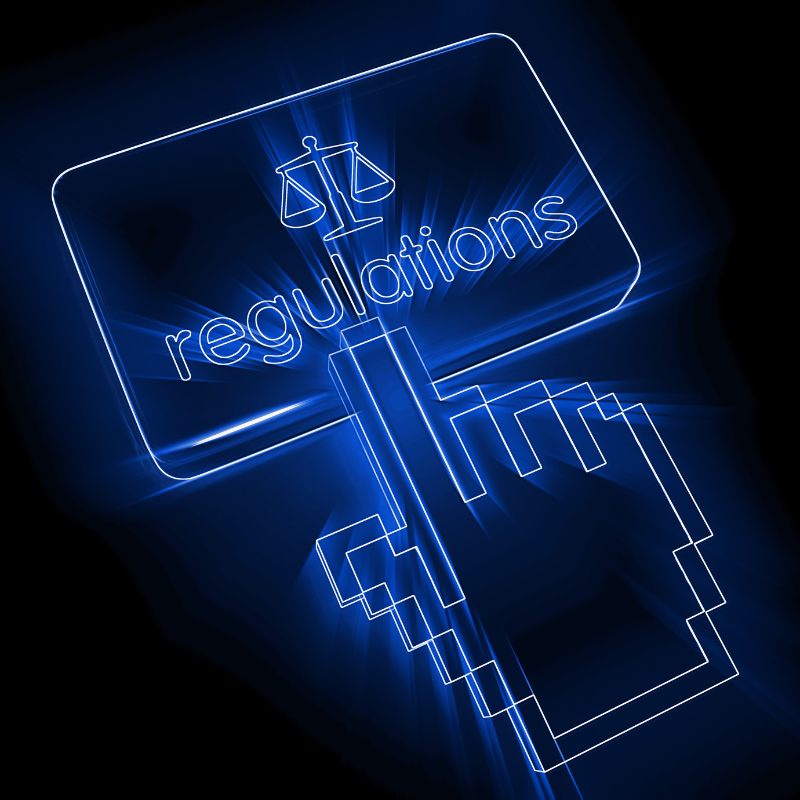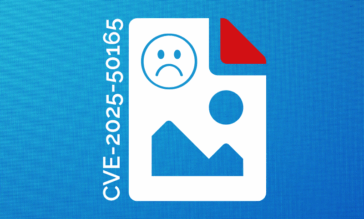Securing the Unseen: Protecting Sensitive Information in Highly Regulated Industries

Businesses live and die by their data. It drives decision-making, enhances customer experiences, and optimizes operations. Its utility extends across sectors and throughout highly-regulated industries, powering everything from small startups to global corporations in banking, healthcare, and insurance, to name a few. It allows businesses to analyze trends, personalize marketing efforts, and streamline processes, creating value and competitive advantages.
However, as much as data fuels business success, it also presents significant risks. On average, data breaches cost $4.45 million per incident. While this may account for the direct costs of remediation, it does not account for the damage to the company’s reputation. With breaches, though, many organizations overlook their impact on compliance.
Highly Regulated is More Than You Think
When companies hear discussions about highly regulated industries, if they are not in Healthcare or Fintech, they think the discussion isn’t about them. What they overlook is that many industries have stringent data protection regulations due to the sensitive nature of the information they handle. Industries such as education, real estate, and manufacturing would not initially come to mind, but they each have rigorous data protection standards they must adhere to. As it turns out, highly regulated industries are a subset that encompass many organizations.
Educational institutions, for instance, must comply with laws like FERPA in the United States, which protects student records. Real estate businesses handling large amounts of financial and personal information during transactions are governed by regulations ensuring the privacy and security of such data. Similarly, manufacturing firms, increasingly reliant on digitized processes and IoT technologies, must secure data against breaches that could compromise both proprietary information and the safety of the manufacturing processes.
Organizations operating within these sectors might not always be aware of the extent to which data privacy laws apply to their operations. This lack of awareness can lead to unintentional non-compliance, exposing the business to potential fines and legal challenges.
Compliance Hurdles
Highly regulated industries have a tough challenge in protecting data privacy while still keeping the data accessible enough to use in daily operations. This is made all the more challenging as threat actors understand the value of sensitive data and know that they can cash in by stealing it to sell, holding it for ransom, or using it directly to commit fraud or further attacks.
Compliance mandates complicate the accessibility aspect, requiring specific controls or practices to protect data that may add friction to operations. Some of these controls may be vaguely written, such as those of HIPAA, which require risk-based assessments of the infrastructure to choose the appropriate control for the data and its exposure based on a risk assessment. It’s easy for companies to misestimate their risk exposure, leaving them in the lose-lose situation of overspending on security or underspending and being in non-compliance.
Gauging the right level of data protection is also complicated by the constantly evolving landscape. Cybercriminals are employing ever-more sophisticated techniques to exploit vulnerabilities and circumvent existing controls. Simultaneously, regulatory requirements are also changing, with new laws and amendments frequently introduced to address emerging privacy concerns. Organizations can’t just set up a secure environment and forget about it; they must also constantly evolve to maintain compliance. However, this is easier said than done when teams are stretched thin, and IT must remain focused on active threats to their risk surface.
The Costs of Compliance Failure
Whenever a highly regulated organization suffers a breach, it almost certainly becomes non-compliant with one or more regulations. Each regulatory framework may enforce different penalties, but the financial implications are often substantial and can cripple a business financially. Beyond monetary fines, the impact extends into areas that can fundamentally alter a company’s trajectory.
Severe financial penalties are just the beginning. The reputational damage sustained can be even more devastating when a data breach occurs, and partners may choose to dissociate from a brand perceived as insecure. This erosion of trust is challenging to repair and can have long-term effects on business growth and sustainability.
Additionally, the legal ramifications following breaches can be extensive. Organizations may face lawsuits and legal actions from affected parties, leading to costly legal battles and settlements that can strain company resources. The potential for class action lawsuits, in particular, can amplify financial liabilities and further damage a company’s public image.
Defending Data As It Moves
Companies can avoid becoming non-compliant and the damage that comes with it by changing how they think about security. The focus must shift to protecting the data, not just at rest, but when it is in motion, which is when it is most vulnerable.
Data is often most at risk during transit when it moves from one location to another—from server to server, from local storage to cloud environments, or between users across networks. This vulnerability arises because data in transit can be intercepted or accessed by unauthorized entities if not adequately protected. Protecting data during these phases is crucial for maintaining compliance with data protection regulations and safeguarding sensitive information.
Protecting Sensitive Data
One of the best ways to protect data in motion is with Data Detection and Response (DDR) technologies. DDR solutions use various techniques, such as masking (anonymization) and tokenization to protect data from potential threats during transit. Masking strips personal identifiers from data, rendering it anonymous and thus useless to interceptors who might seek to exploit personal details. Tokenization replaces sensitive data elements with non-sensitive equivalents, known as tokens, which can be used in database or application environments without exposing underlying sensitive data.
Sophisticated DDR solutions seamlessly integrate these techniques into data workflows, enhancing security measures without sacrificing productivity. This includes contextual masking to ensure approved recipients receive the unmasked information while unapproved eyes receive the anonymized version. These security measures ensure that even if data is intercepted during transmission, it remains secure and anonymous, effectively thwarting potential exploitation.
Eliminating Hidden Threats
Not all threats aim to steal data during transit; others use transit as a means of attack, which leads to data theft. Seemingly innocuous files like documents, PDFs, and spreadsheets have long been conduits for hidden malware. This type of threat can be discreetly embedded within common file types, lying dormant until activated, potentially causing significant damage to an organization’s IT infrastructure while many tools such as AV and EDR alone remain unaware.
Advanced cybersecurity solutions include Content Disarm and Reconstruction (CDR) and antivirus (AV) software to tackle threats from multiple directions. CDR works by deconstructing and examining the components of each file, removing any malicious content, and then safely reconstructing them before they enter the network. This method ensures that files are thoroughly sanitized without compromising their usability. Antivirus software complements CDR by continuously scanning data for known threats and quickly eliminating malware. CDR builds on the visibility challenges of AV by removing even zero-day and unknown threats that AV may be unable to detect.
Used in combination, CDR and AV harmonize with a DDR solution, building a holistic defense for data against exposure.
How Votiro Protects Highly Regulated Industries
In highly regulated industries, ensuring robust data protection and maintaining compliance is paramount. Votiro’s Zero Trust DDR solution is specifically designed to meet these challenges. Votiro focuses on safeguarding sensitive data from the ground up, integrating advanced security technologies, including CDR and AV, to protect against known and emerging threats in real-time.
Votiro DDR utilizes sophisticated masking techniques, shielding sensitive data as it moves across your network – while allowing company-specific policies to dictate data use. By transforming data into secure formats, Votiro DDR protects against data breaches and seamlessly maintains compliance with stringent regulatory requirements. This dual approach secures data and streamlines compliance processes, reducing the risk of costly penalties and reputational damage.
Register for our webinar to learn more about how Votiro DDR can protect your organization and help maintain compliance even when it’s complex and inconvenient.
News you can use
Stay up-to-date on the latest industry news and get all the insights you need to navigate the cybersecurity world like a pro. It's as easy as using that form to the right. No catch. Just click, fill, subscribe, and sit back as the information comes to you.
Sign-up Here!
Subscribe to our newsletter for real-time insights about the cybersecurity industry.



